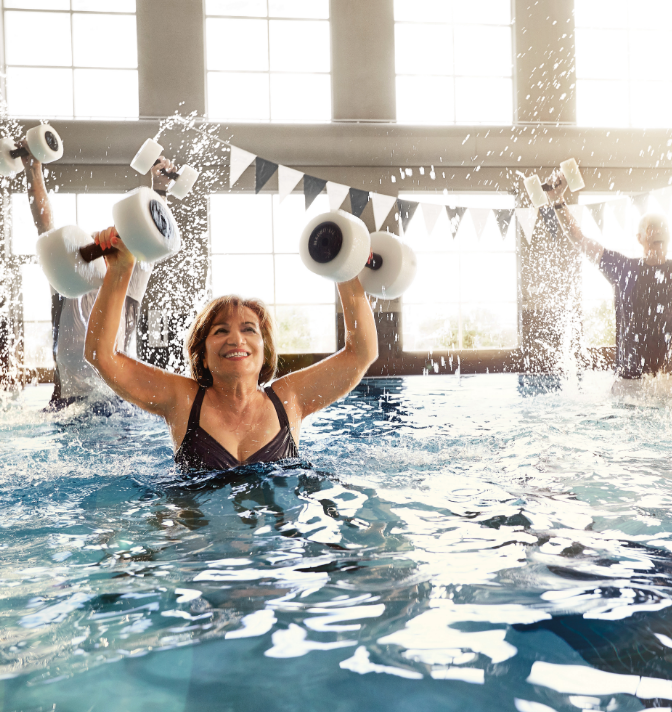As paralyzing as a cancer diagnosis can be, recent research suggests that one of the best antidotes may be to get moving.
Writing in the journal Medicine & Science in Sports & Exercise, a team of scientists at Australia’s Edith Cowan University (ECU) reported that a 12-week exercise regimen suppressed the growth of prostate-cancer cells. And a study supported by the National Cancer Institute, published in the Journal of Clinical Oncology, concluded that physically active breast-cancer patients were more likely than their sedentary counterparts to avoid the fuzzy cognitive effects commonly known as “chemo brain” during their treatment.
The ECU researchers took blood samples from prostate-cancer patients before and after the workout program and found that the postprogram samples, when introduced to prostate-cancer cells in the lab, slowed their growth. The exercise regimen apparently boosted the production of cancer-fighting proteins called myokines.
“Myokines in and of themselves don’t signal the cells to die,” explains lead study author and PhD candidate Jin-Soo Kim. “But they do signal our immune cells — T cells — to attack and kill the cancer cells.”
The specific causes of chemo brain aren’t clear, making the link between exercise and chemo brain symptoms more difficult to determine. Reanalyzing data from an earlier study of 580 breast-cancer patients, Elizabeth Salerno, PhD, MPH, and her colleagues focused on the amount of physical activity these participants reported before, during, and after their diagnosis and treatment.
Those who participated in moderate exercise for 150 minutes per week experienced little cognitive decline, and those who were similarly active prior to their diagnosis and treatment scored higher than inactive participants on cognitive tests six months later — even if they stopped exercising during their chemo treatment.
None of this should suggest that cancer patients dive into an intensive workout program, Salerno tells the New York Times. “It is important for patients to show themselves grace.”
Still, one of the more gratifying results of her study, she adds, was the fact that many patients were inspired to start exercising after chemo. “They seemed to want to be moving again. There’s something beautiful about that.”






This Post Has One Comment
Best blog
Thanks for information